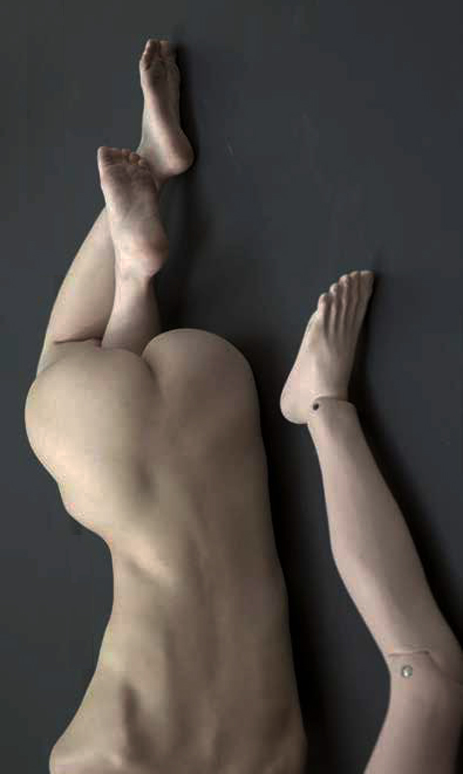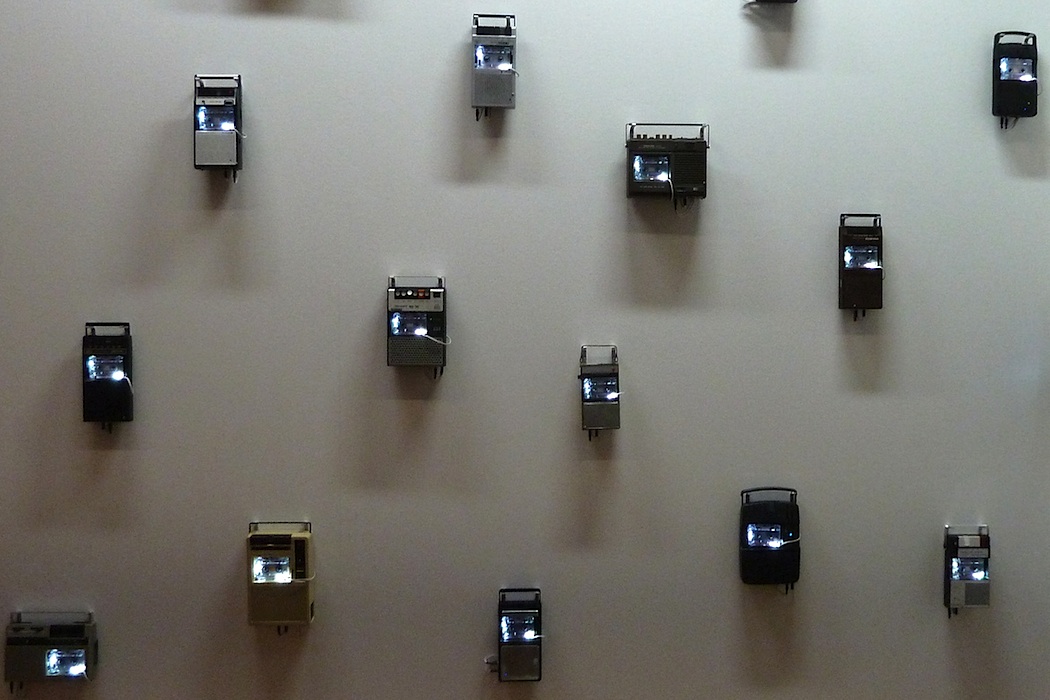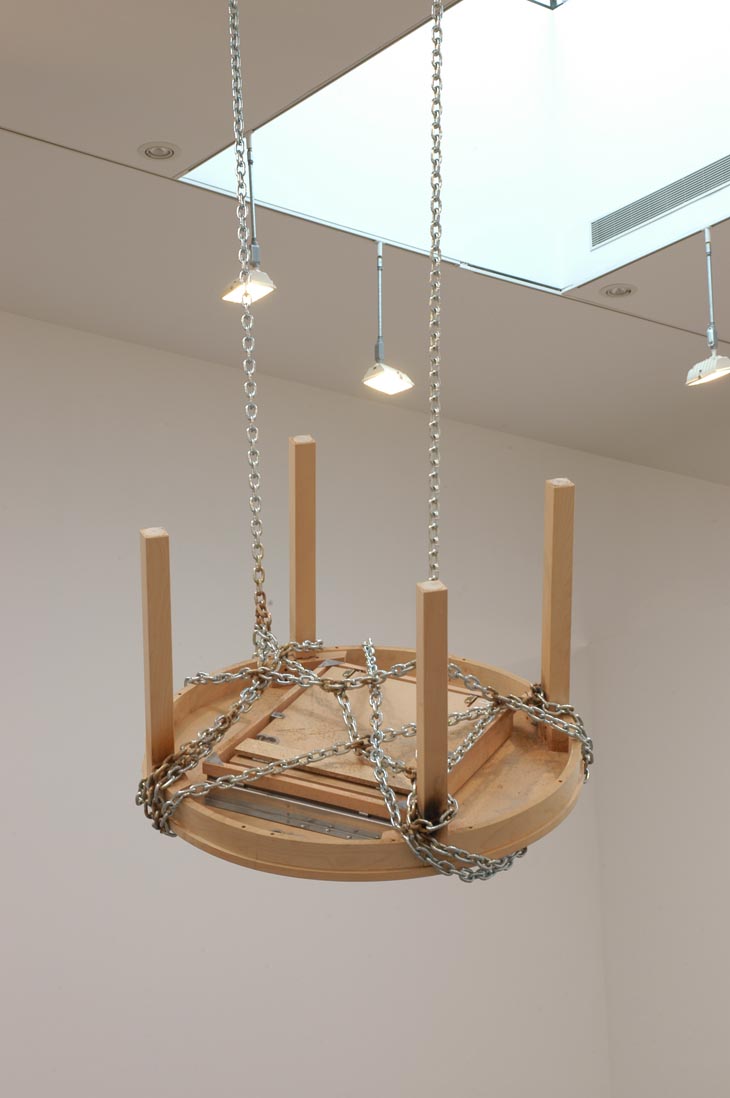
SOOMI PARK
LED Eyelash
The LED Eyelash project is brought into the world from a simple question: Why do women want larger and bigger eyes? Asian women tend to have stronger needs for bigger eyes as a standard of beauty, but relatively few of them are born with naturally big eyes. Those without big eyes can only look for alternative ways to make their eyes look prettier, i.e., larger, by using a repertoire of skills such as putting on makeup and wearing jewelry. Sometimes, the desires for bigger eyes can become almost obsessive, and many women opt for plastic surgery in order to make their dream come true. Soomi calls this, the fetish of Big Eyes. LED Eyelash is a clever product that speaks to many women’s desire for bigger eyes. It features a sensor to turn on and/or off. The sensor can perceive the movements of the pupil in the eyes and eyelids. If you wear it and move your head, LED Eyelash will flicker following your movements. It is as simple to use as wearing false eyelashes and as easy to remove as taking off a piece of jewelry.






